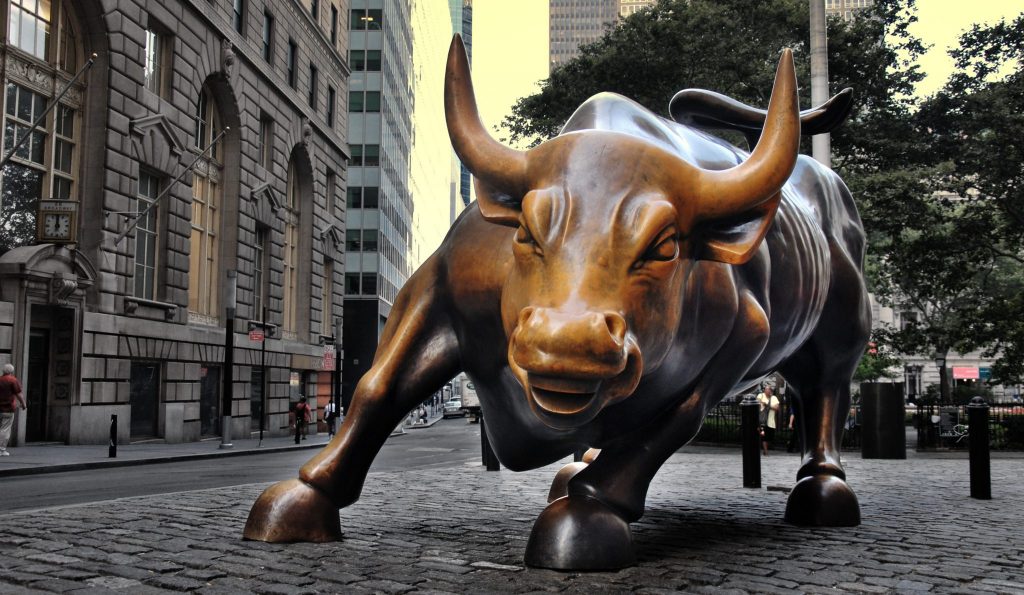Look Back to 2008 for a Glimpse at Travel's Coming Recovery: New Skift Research

Skift Take
In our latest report, Skift Research looks back at the 2008 financial crisis and its impact on travel.
By analyzing the data and making use of case studies, we distill 13 lessons for the travel that are still likely to apply today as travel recovers from Covid-19.
The below excerpt focuses on two of these 13 lessons. First, that the consumer recovery in travel may not be as fast as some hope and second, that the road trip is likely to be one of the first forms of travel to return. Get the full report here to stay ahead of this trend.
Preview and Buy the Full Report
Lesson One: The recovery is long and slow if the pain is deep
It took seven years for U.S. consumer spending on travel to regain highs from before the crisis. We can begin to anticipate some sort of anti-viral treatments and the early signs of recovery in the near-term. But a key question will be how much of the economic damage done is permanent. This will vary by country, but if U.S. jobs do not return rapidly, we should not expect our industry to fully heal for many years to come
The global financial crisis of 2008 and 2009 hit consumers hard. Leisure travel, as a discretionary purchase, could easily be cut back during these times of belt-tightening. For this reason, Arne Sorenson says that, “[the travel] industry typically lags heading into a downturn and to recover.”
Digging deeper into trends, Skift Research built a unique time series of estimated American household spending on travel over the last 21 years. These estimates represent direct spending by U.S. consumers on travel goods and services on both domestic and international trips based on data from the Bureau of Labor Statistics’ consumer expenditure survey. Importantly these figures exclude spending by businesses, governments, and non-residents.
This long-dated time series is able to reveal unique travel trends from the financial crisis. Adjusted for inflation, U.S. consumers spent, in aggregate, $407 billion on out-of-town travel in 2007, at the height of that economic cycle. Spending fell by $60 billion, or 15 percent over the next two years to bottom at an aggregate spend of $344 billion.
The recovery in travel spending from the global financial crisis was a long, slow slog, returning to parity with the 2007 highs seven years later in 2014.
In contrast, after the travel peak in 2000 that marked the popping of the tech bubble and was followed up shortly thereafter by 9/11, it only took four years, until 2004 for travel spending to recover.
The reduction in travel spend was a two-fold process. First, households cut their level of spending altogether, travel included. Secondly, households cut what portion of annual budgets they wanted to dedicate towards travel. Comparing U.S. consumer spending on travel as a share of overall household expenses isolates these two trends. By 2012, travel as a share of overall expenses had nearly recovered – up to 5.6 percent of total expenses compared to 5.8 percent in 2007. But in real dollar terms, travel spending was still only about 2/3rds recovered. That missing third of the recovery in dollar terms is due to the lower overall level of consumer spending in 2012 relative to 2007.
Finally, as a yardstick for this current crisis, it is interesting to mark that in recent recessions, both after the tech bubble and the global financial crisis, consumer consumption of travel fell to just about 5 percent of overall household budgets from a pre-crisis peak of typically near 6 percent. It may be reasonable to benchmark travel spend in the current environment to a similar share of household expenditures at 5 percent or less.
Lesson Two: Who’s up for a road trip?
There is a growing consensus that driving will be one of the first ways that Americans return to travel after coronavirus. We agree. Not only does this make sense in the context of travelers wanting control over their immediate environment in the wake of a global pandemic, but a look back on the global financial crisis backs this up.
Using the same consumer time series data from the Bureau of Labor Statistics as above, we were able to isolate line-item expenses and build a measurement of consumer spending on self-driving road trips. We did this by aggregating spending for oil and gas while out-of-town (e.g. cost to fill up your own car), spending on rental cars, and on recreational vehicles.
We then benchmarked these “road trip” expenses to overall consumer spending on travel. We found that from a pre-crisis baseline in 2007, when Americans overall spent 9.2 percent of their travel budgets on driving, the popularity of the road trip shot up to account for 11.6 percent of all travel expenses in 2008. This trend continued for the entire time when travel was still in recovery. The road trip peaked in 2013 at a 12.3 percent share of American travel budgets.
Driving expenses as a share of travel expenses sharply declined starting in 2014, perhaps not coincidentally the same year that overall U.S. consumer travel expenditures regained their pre-financial crisis peaks. It settled back in at 8.5 percent of overall trip spending by 2017, about the same level it started at in 2007.
We can corroborate this by looking at the shipment figures of recreational vehicles (RVs) in the U.S. Though the overall volume of RVs shipped would continue to grow throughout the last cycle, the two strongest years of percentage growth over the two decades came in 2010 and 2014 as part of the post-crisis recovery in travel.
Preview and Buy the Full Report
Subscribe now to Skift Research Reports
This is the latest in a series of research reports, analyst sessions, and data sheets aimed at analyzing the fault lines of disruption in travel. These reports are intended for the busy travel industry decision-maker. Tap into the opinions and insights of our seasoned network of staffers and contributors. Over 200 hours of desk research, data collection, and/or analysis goes into each report.
After you subscribe, you will gain access to our entire vault of reports, analyst sessions, and data sheets conducted on topics ranging from technology to marketing strategy to deep dives on key travel brands. Reports are available online in a responsive design format, or you can also buy each report à la carte at a higher price.









